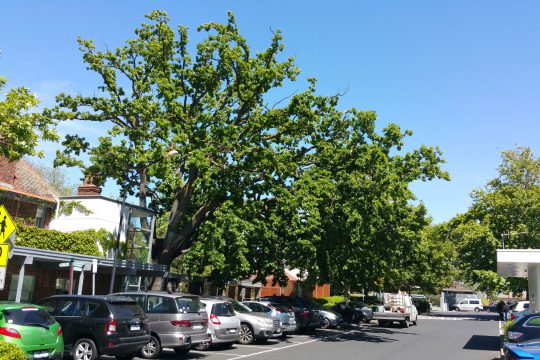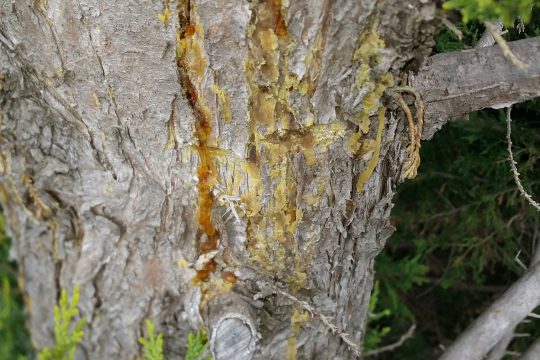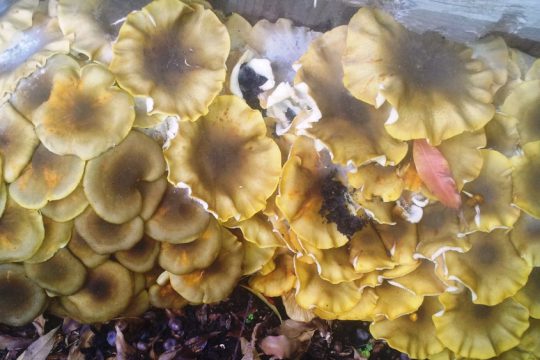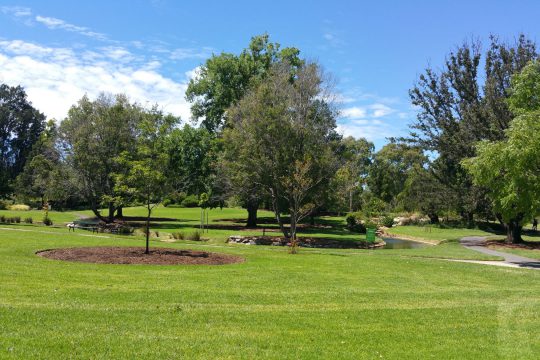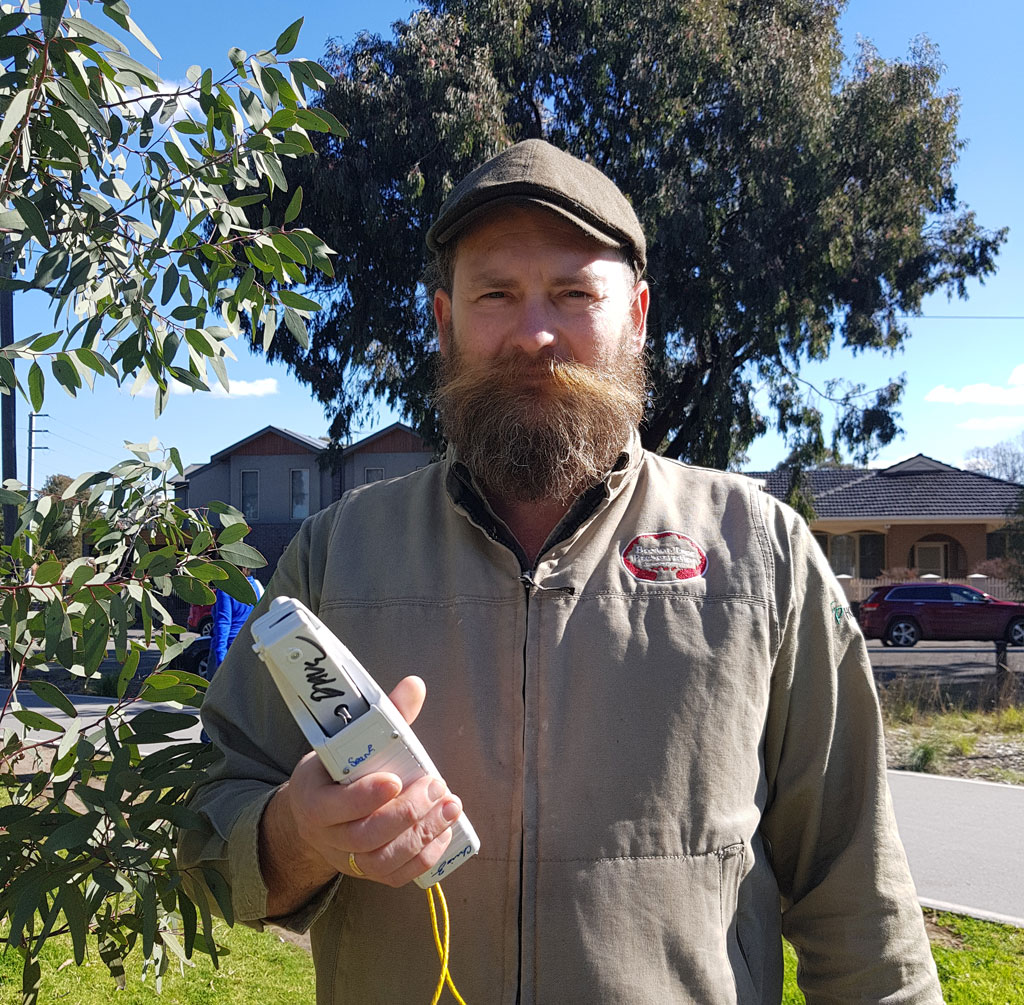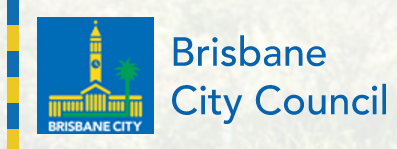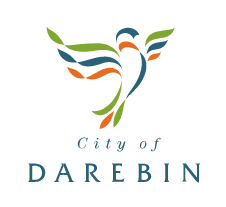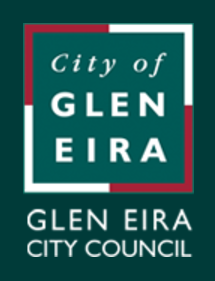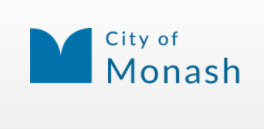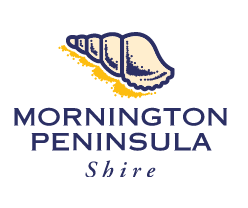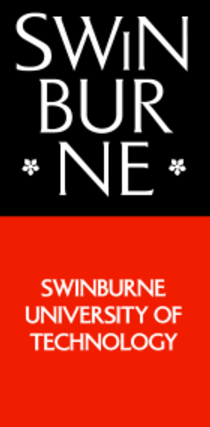What we do
G.U.F. are leading specialists in Plant Health Care, building healthy soils to improve individual tree health in the Urban Forest.
Read MoreHow we do it
G.U.F prepares and implements Plant Health Care (PHC) programs to enhance, protect and manage any type of plant material in the Urban Forest.
Whether it is an entire park of trees or a single high-value specimen, G.U.F are experts in PHC
Projects
about us
G.U.F specialises in Scientific Plant Health Care for trees
- Collecting sophisticated plant health data using best practice technology and software, empowering local communities using citizen science programs.
- Building healthy soils by changing soil biology and chemistry to arrest the accelerating decline of urban trees to optimise the health of valuable trees
Most people live in cities, and most cities are becoming more dense, reducing private open space and increasing the pressure on public open space. Public open space is a major factor in liveability, economic development and population health and most people expect high functioning trees in urban spaces. Urban forests are vital for cities and it’s people by,
- creating more liveable environments
- providing access to nature
- improving air quality
- canopy cooling and water management
It is only large healthy trees that provide these functional benefits.
The G.U.F assessment is that most urban trees are in decline. The City of Melbourne, regarded as the most advanced local government tree manager in Australia, estimates it will lose 40% of its current tree stock in less than 20 years.
Urban tree replacement due to mature tree failure is already taking place. In many cases replacement trees are also dying within 10 years, indicating soil health is a likely cause of failure. G.U.F sampling indicates that many urban soils are compacted, have toxic chemistry and low biological activity resulting in declining tree health.
G.U.F believes local communities are key stakeholders in the future of successful urban forests and is already working with a number of local community groups in citizen science tree health data collection and urban forest projects.
G.U.F practices have identified current data collection methodologies are very limited. G.U.F is working internationally to develop and refine methodologies to more accurately measure plant health and the functional values that trees provide. New measurements include soil health data, photosynthesis function, and canopy cooling effects.
A global trend of acknowledging that trees are key natural assets that will provide multiple services to cities has one common theme, ‘Canopy Function’. Individual widely spaced juvenile trees seen in artist impressions do not provide these services. The greatest canopy benefits are from large mature healthy trees with large volumes of overhanging biomass. For trees to grow and provide significant canopy overhang they must have healthy root systems in healthy soil. Trees in poor health do not provide the functional value expected. Trees in poor health cannot provide the return on investment that is expected from them.
Understanding and documenting a functional tree value is the next big game changer in Urban Forestry
Testimonials
Contact Us
Send Global Urban Forest a message
